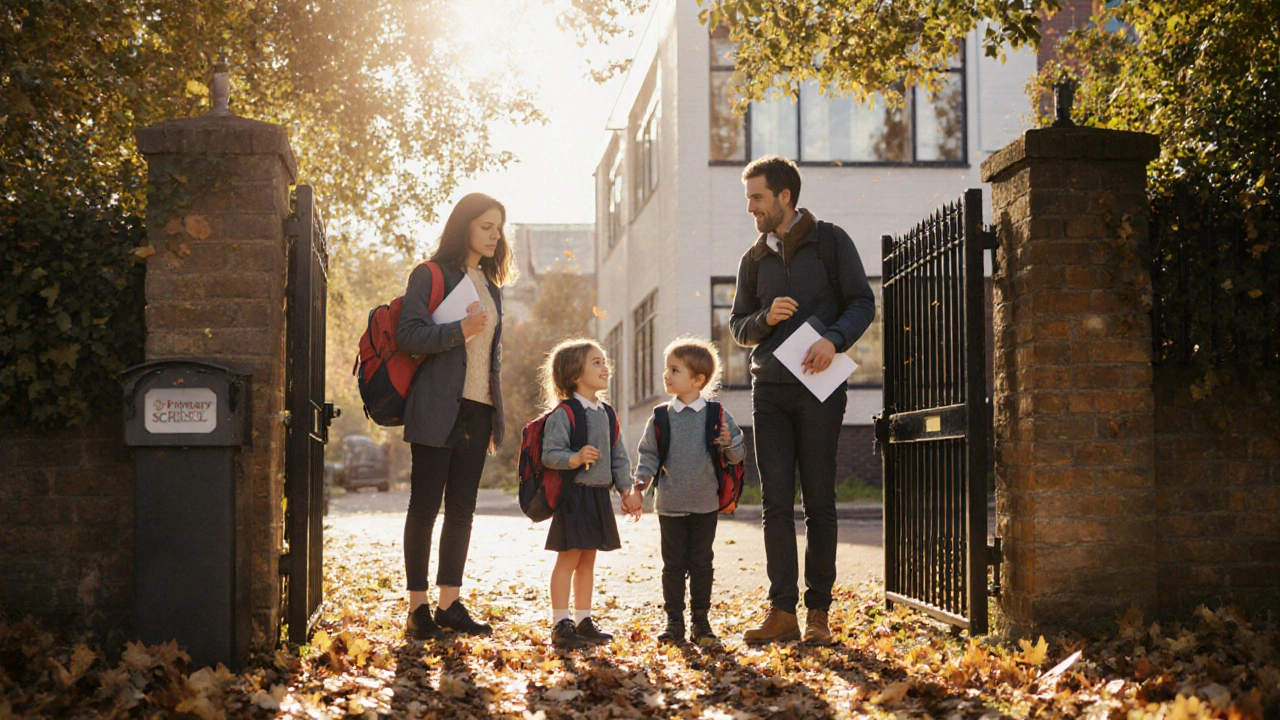How to Move to London with Children: Schools, Childcare, and GP Registration
Moving to London with kids? Learn how to register for schools, find affordable childcare, and sign up with a GP-step by step, with real tips from families who’ve done it.
When you move to London with kids, London schools for expats, educational institutions designed to welcome international families with flexible admissions, multilingual support, and globally recognized curricula. Also known as international schools London, they’re not just about lessons—they’re about helping your child settle in while keeping up with home country standards or smoothly transitioning into the British system. Many expats assume these schools are only for the wealthy, but that’s not true. There are state-funded options that accept international students, private schools with sliding fees, and specialized programs for non-native English speakers—all within reach if you know where to look.
One big question is British curriculum schools, schools following the National Curriculum of England, offering GCSEs and A-Levels that are widely accepted worldwide. These are popular because they’re familiar to families from former Commonwealth countries and provide a clear academic path. But if you’re planning to return home or move again, international schools London, institutions offering IB, American, or French curricula alongside English language support might be a better fit. Schools like the British International School in Richmond or the Lycée Français Charles de Gaulle in South Kensington offer full bilingual programs and don’t require fluency in English on day one.
Admission isn’t always first-come, first-served. Some schools have long waiting lists—especially in Zones 2 and 3—so start early. You’ll need proof of address, your child’s passport, vaccination records, and sometimes a recent report card. Many schools also do informal assessments, not to fail kids, but to place them in the right support group. Don’t panic if your child’s English isn’t perfect. Most expat-friendly schools have EAL (English as an Additional Language) programs built in, with small-group tutoring and peer support.
Costs vary wildly. State schools are free, but you’ll need to prove residency, which can be tricky if you’re on a short-term visa. Private international schools range from £15,000 to over £40,000 a year. But many offer sibling discounts, scholarships for academic or artistic talent, and payment plans. Some even let you pay term-by-term instead of upfront. And if you’re on a work visa, your employer might cover part of the fee—ask before you sign your contract.
What about after-school life? The best expat schools don’t just teach math and science—they help kids connect. There are parent groups for new arrivals, weekend cultural exchanges, and clubs that mix local and international students. You’ll find families from Nigeria, Japan, Brazil, and Poland all navigating the same challenges: finding the right lunchbox, understanding the homework system, and figuring out when the half-term break is.
You’ll also notice how London’s public transport and green spaces make school life easier. Many schools are near parks like Victoria Park or Hampstead Heath, and most are within walking distance of Tube stations. Kids often walk or bike with friends. It’s not like back home—there’s no school bus, but there’s more freedom, more independence, and more chances to explore.
Below, you’ll find real stories and practical guides from families who’ve done this already. From how to get into a top state school without a local address, to which international schools actually have space in September, to what to pack for the first day—these posts cut through the noise. No fluff. Just what works.

Moving to London with kids? Learn how to register for schools, find affordable childcare, and sign up with a GP-step by step, with real tips from families who’ve done it.